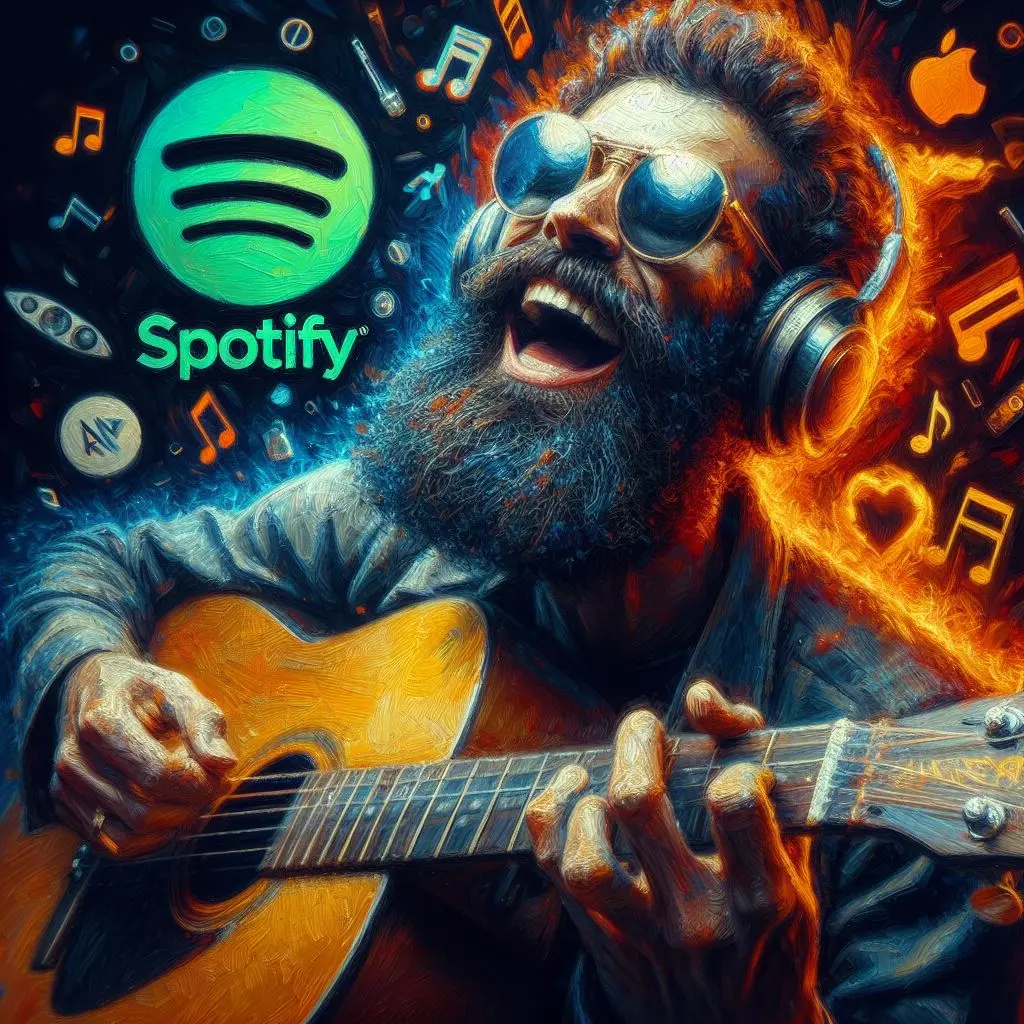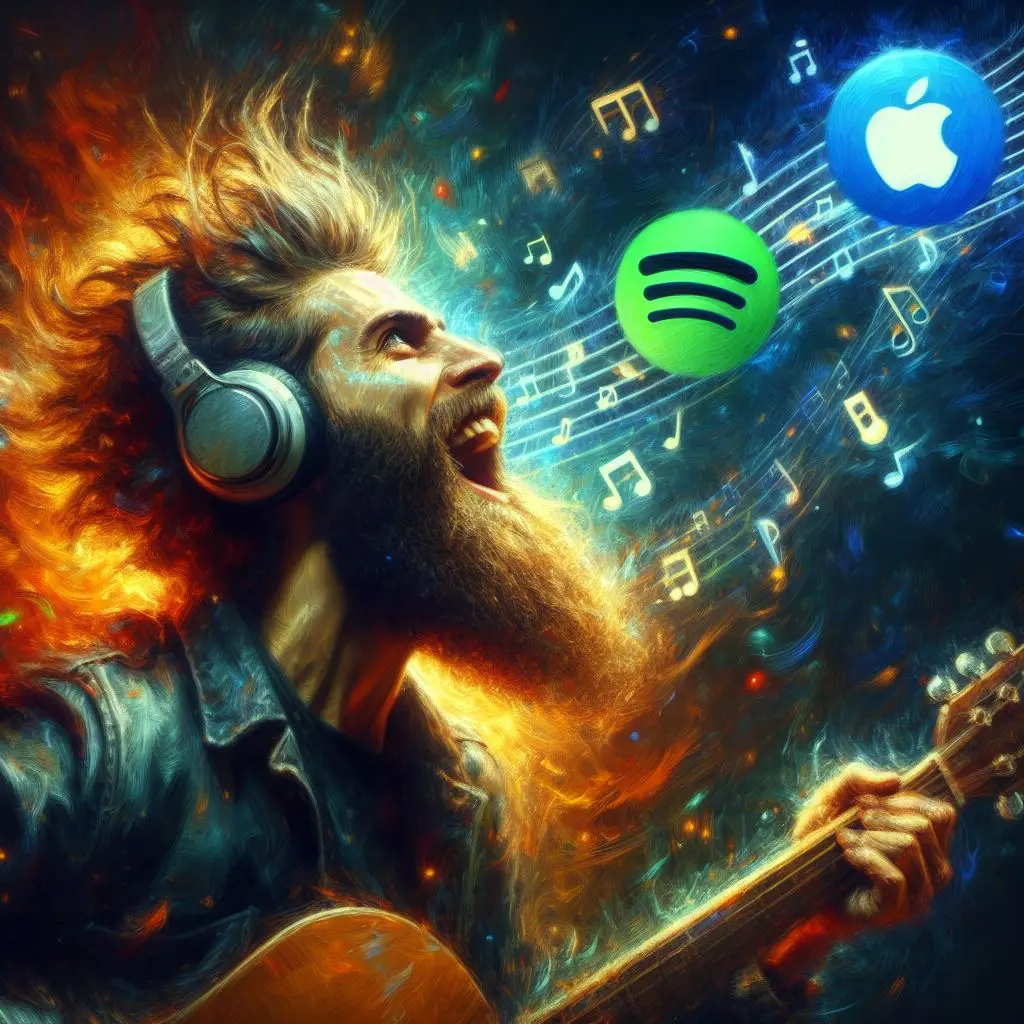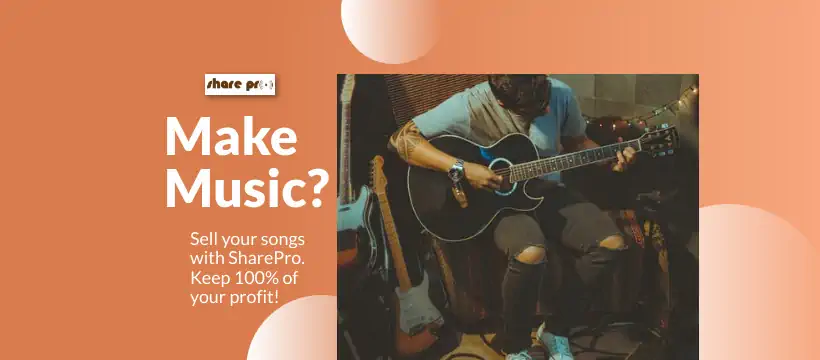Web 2 vs Web 3
Exploring how Web 2 and Web 3 reshape the music industry for artists.
When the internet first arrived, it operated in one dimension. Imagine only being able to input a search and get information from the system. That was all Web 1 allowed users to do. Man being man, a new version of the internet soon arrived.
Web 2 is what we currently use. It allows users to interact with the internet. Without Web 2, there can be no social media, for example. All online traffic in Web 2 passes through a central server. So all your Instagram messages pass through the Instagram server to whoever you’re talking to. Again, man being man, there’s a new web version in town.
Web 3 goes further by eliminating the need for a central server. This allows the users to dictate what the rules are and interact with other systems unsupervised. Decentralization is the new order of the day, but there are still some question marks.
In this article, I’ll compare Web 2 and 3. What are the differences between both of them in practice? What are the advantages of one over the other in the music industry? Is there a future where Web 3 takes over completely? Join me for a tasty scoop of tech in music.
Differences
Centralization
The fundamental difference between Web 2 and 3 is centralization. All actions on Web 2 applications and websites are dependent on a central system to function properly. That’s why when Twitter is down, nobody anywhere in the world can use it. That one server contains all the data of all the users on the platform. All communication can also be censored and controlled from the central system. This is why people can get banned on social media apps for breaking certain rules.
Web 3 strips all that power from the central system by eliminating it altogether. Users can reach out and interact with each other completely peer-to-peer. With no central authority to govern these interactions, the power lies in the hands of the users.
Data Ownership
When there is a central place where everyone comes to interact, all the data is stored by the host application. Social media platforms will ask for as much information as they can get so that they can create a suitable image for you online. All that information you give out willingly has now become the property of the central system to do as deemed fit. Web 3 doesn’t allow any of that.
Web 3 eliminates the need for a central system so every user is the full owner of their personal data. It helps to improve privacy and restricts the unwanted access to data banks.
Third-party reliance
Web 2 is fully dependent on the rules and regulations set up by different websites and applications. Because Instagram is the third party between you and your friends, it can dictate the rules. When the Nigerian government banned Twitter, many people either ran elsewhere or used VPNs. The dependence on Twitter was high.
Web 3 is very difficult to be tracked because there’s no central system where everyone's data is on it. Two users can simply interact without supervision.
Scalability
No matter how big the company is, it can only take so many records. For example, WhatsApp allows up to 256 members in a group chat. On Web 3, however, there's no central system so the number of individual systems can continue to multiply.
Trust
Web 2 requires users to trust companies with their personal data. Applications like Facebook, X, Upwork, and several others require the submission of personal data. If you are to use these applications, you must trust the company with your data.
We have no other option, so we are often forced to give our sensitive information about ourselves, hoping that the companies use the data only for the right things.
One over the other?
Now that we've explored some basic differences between the two web versions, let's talk about the use of each one as it relates to you, the artist.
Web 2
As already mentioned, traditional social media is based on Web 2. For all the merits of having a decentralized system, it doesn't offer you the same potential reach as social media. Take X, for example.
X offers its users a massive audience. Millions of people use it. All those millions are hosted by a central system where they can then interact with each other. Without the central system, it's hard to have so many people in one place at the same time. Web 2 is still very relevant for going viral and finding an audience.
Web 3
Music streaming is currently completely based on Web 2 technology. Platforms like Spotify and Apple Music have all the songs by all the artists as far back as they can go. They are the central system in this case. It's quite convenient for us because it offers us access to such a massive library of music. To the artists, however, the streaming platforms are the powerful middleman that cuts their profit.
Web 3 offers them the chance to earn directly without the interference of any middlemen. It allows them to create different forms of art and sell directly to their fans. The artist can choose how much to charge and what kind of art to make.

Moving Forward
So you cannot go viral without Web 2, but Web 3 offers a more attractive payment and ownership prospect. As an artist, you need both. I have no idea what the future holds and how technology will evolve, but some things are clear.
Artists need social media to reach large audiences. Once you have built a decent following, you can offer them exclusive deals using Web 3 so that you are fairly compensated.
For now, both Web versions are important to you.
Final Thoughts
Technology is always evolving, and artists must not be left behind. Always stay up to date with the latest advancements so that you know how to position yourself to take full advantage of it.
For now, we must use both Web versions for the optimum. That might change soon. You'd best keep your eyes peeled.
Blog Article Tags
platforms artists privacy interaction supervision peer-to-peer decentralization ownershipMore Articles
Where To Find Good Indie Music - If you're a long time fan or first time listener of Indie music, we'll show you the best methods for discovering the music you love.
How To Stay Motivated as an Indie Artist - Here are some tips to regain motivation as an indie artist.
The Key to Great Bands or Music Groups - Unlock the secrets to exceptional bands and music groups in this article.
The Interplay Between Visuals, Music & Success - Let's explore the impact of visuals on artist success & creativity.
Indie Music Stations on Sirius XM - Looking for more indie radio stations? Here are 7 you'll love.


